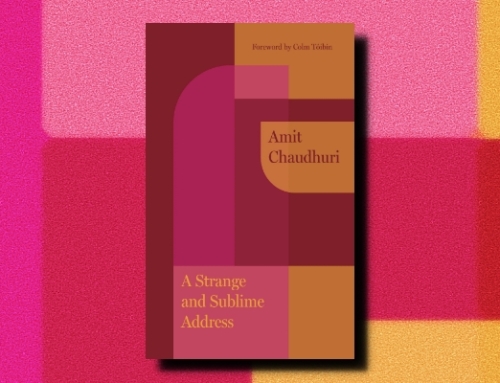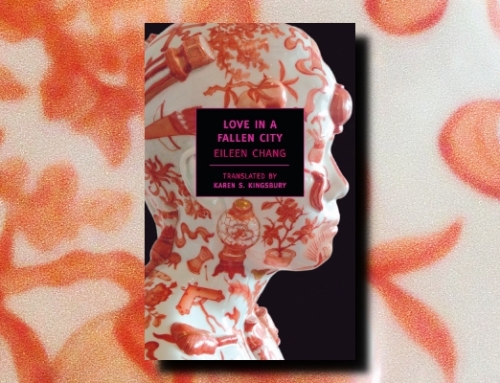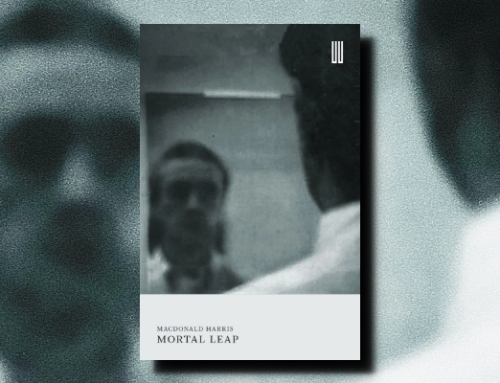Ru by Kim Thúy (2009) translated from the French by Sheila Fischman (2012) Vintage Canada (2012) 141 pp
After my response to Alix Ohlin’s Inside (here), I was wary to continue my Giller shortlist reading. None of the five books is one I would have sought out were it nor for the Giller Prize, though often I’m happily surprised with the discoveries the prize leads to. I was hopeful, then, that Ru might just be this year’s discovery. After all, it won Canada’s Governor General’s Award when it was first published in French, and my admiration for translator Sheila Fischman is growing. Still, after hearing others say it is a Hallmark-card book and very typical of sentimental immigrant stories, I had my doubts.

I’m happy to say that I liked Ru quite a bit. It’s not a book I’d rush out to promote on the streets, but if it wins the Giller Prize I wouldn’t think this was a bad year, after all (if Inside wins, however . . .).
Our first-person narrator, Nguyen An Tinh, was born in 1968, in Saigon, Vietnam, during the Tet Offensive, as was our author (just how much of this is fact and how much fiction, I don’t know). She’s telling this story many years removed from that day and half a world away from Saigon. Now a mother of two, she lives in Quebec, and this book is an attempt to connect the dots, to make some kind of narrative, between Saigon and Quebec. It’s a worthy goal but is perhaps ultimately futile. As she says of her own children: “Because of our exile, my children have never been extensions of me, of my history.”
Told in a series of short vignettes, this novel of fragments mimics the fragmented life the narrator has lived. Finding themselves enemies to their own country, when the narrator is ten years old she and her family escape Vietnam with the boat people, going first to Malaysia and then to Canada. I felt the fragmented style worked without becoming annoying. In fact, I rather liked the flow and found the segments, most not even a page in length and seemingly in random order, nicely written, bearing a sense of gravity common in such books, but also showing some nuance that is often absent when writers feel the gravity is enough.
The style of the book is one of concise flashes of memory, and we often feel the narrator struggling to tell us what each means or why she’s even bringing up that memory, and why now. Paralyzed by various manifestations of fear (first, of the Communists as she and her family escaped, then of the privations that took them to Malaysia and then to Canada, then of the inability to communicate, until paralysis became a personality), the narrator nicely presents how removed she feels from her own life, as if the best way to live it were as a silent spectator. In fact, when she arrived in Canada, some people she knew well didn’t even know she could speak. Now, as a mother, her son cannot speak or hear, though he is neither deaf nor dumb.
 I do understand some of the criticisms I’ve heard about this book. Sadly, its contents can be compared to many many works of fiction. It’s not that we don’t want to remember these events or the tragic lives they created; it’s just that they can sometimes blur together, and when that happens often sentimentality is the overriding feeling. I also understand that the fragmentary, remote style makes it hard to get to know the characters, but, for me, that was actually part of the book’s strength; it was that that made me appreciate it as a work of literary art and not simply a story. We can’t expect to feel much closer to her life than she does, after all. That said, this would not work if there weren’t windows in the narrative that allow us as readers to peer a little closer than perhaps she can and see some of the dots and themes being connected. For example, a common theme throughout the book is coexistence. This passage is from later in the narrator’s life:
I do understand some of the criticisms I’ve heard about this book. Sadly, its contents can be compared to many many works of fiction. It’s not that we don’t want to remember these events or the tragic lives they created; it’s just that they can sometimes blur together, and when that happens often sentimentality is the overriding feeling. I also understand that the fragmentary, remote style makes it hard to get to know the characters, but, for me, that was actually part of the book’s strength; it was that that made me appreciate it as a work of literary art and not simply a story. We can’t expect to feel much closer to her life than she does, after all. That said, this would not work if there weren’t windows in the narrative that allow us as readers to peer a little closer than perhaps she can and see some of the dots and themes being connected. For example, a common theme throughout the book is coexistence. This passage is from later in the narrator’s life:
I wanted to be very different from my mother, until the day I decided to have my two sons share a bedroom, even though there were empty rooms in the house. I wanted them to learn to stand by one another the way my brothers and I had done. Someone told me that bonds are forged with laughter but even more with sharing and the frustrations of sharing. It may be that the tears of one led to the tears of the other in the middle of the night, because my autistic son finally became aware of the presence of Pascal, a big brother he’d ignored during his first three or four years. Today, he takes palpable pleasure from curling up in Pascal’s arms, hiding behind him in front of strangers. It may be that thanks to all that interrupted sleep, Pascal willingly puts on his left shoe before the right to accommodate his brother’s obsessive rigidity. So that his brother can begin his day without irritation, without undue disruption.
Earlier in the novel, she tells us of a wall that was built to split up a home between two sons who didn’t want to be with each other. When the mother died, she willed one son the room with a fan but no switch; to the other, a room with a switch but no fan. This idea of coexistence and walls connects to and complicates the various stages of the narrator’s life.
Obviously, many readers will latch onto this story and its style, as I did, and some will be understandably disappointed. I’ve got three books left on the Giller shortlist. I’m hopeful at least one of them is significantly better than Ru, but, as I mentioned above, this one is good enough for me — even if it is not great.








[…] Ru — a novel that KfC reviewed way back in January. Trevor’s full review is here. For a taste, here are the opening paragraphs of his […]
Great to read your thoughts, Trevor. This book definitely did not resonate with me, but I can understand why others like it so much.
Yes, this is one of those strange books where I think it’s easy to understand why someone likes or dislikes it. I know that had I been in even a slightly different mood when reading it, or if I had picked up on one thing and not this, then I could have felt very differently toward the book. One thing I think I had going for me, though, was low expectations. I knew that several people out there didn’t really like it, so I went into it expecting to really dislike it. When I found things to like, I think they stuck out all the more.
I did think that passage about the fan and the switch was exceptionally lovely. Overall, though, I think you enjoyed this one more than I did; I was expecting to love it, and those pesky expectations DO get in the way sometimes!
[…] “It’s not that we don’t want to remember these events or the tragic lives they created; it’s just that they can sometimes blur together, and when that happens often sentimentality is the overriding feeling. I also understand that the fragmentary, remote style makes it hard to get to know the characters, but, for me, that was actually part of the book’s strength; it was that that made me appreciate it as a work of literary art and not simply a story. We can’t expect to feel much closer to her life than she does, after all. That said, this would not work if there weren’t windows in the narrative that allow us as readers to peer a little closer than perhaps she can and see some of the dots and themes being connected.” The Mookse and the Gripes […]